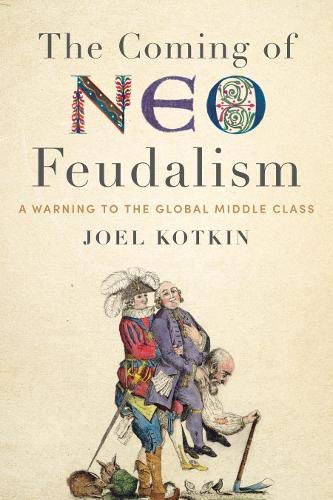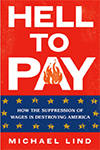The global financial crisis has drawn greater attention to the world of the super rich and to the astounding increases in inequality since 1980, returning the country to a degree of inequality last seen in 1929 or perhaps even 1913. In the year 2006 alone, Wall Street executives received bonuses of $62 billion. Financial services increased from 10 percent of all business profits in 1980 to 40 percent in 2007, an obscene and indefensible development that now threatens the rest of the ‘real economy’.
Here’s what happened to income and wealth between 1970 and 2005 read more »





















